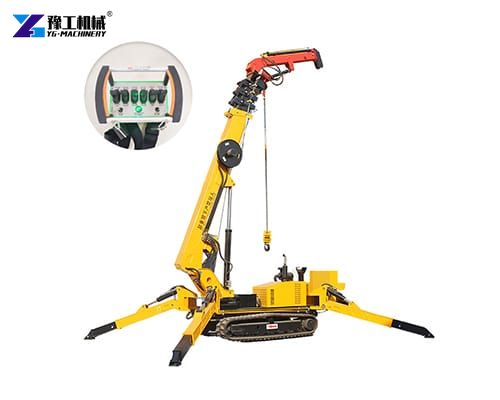Asphalt crack filling equipment refers to specialized machinery used to repair cracks in asphalt surfaces by applying heated sealant or filler material. These machines ensure precise application, efficient heating, and durable repairs, preventing water infiltration and further deterioration. Crack filling is one of the most critical preventive maintenance activities for asphalt pavement. Timely crack filling seals the damaged areas, preventing water penetration and further deterioration. Using specialized asphalt crack filling machine ensures that the job is done efficiently and effectively, with long-lasting results.
Benefits of Using Professional Asphalt Crack Filling Equipment
- Cost Efficiency
Early crack repairs prevent expensive full-depth reclamation or resurfacing. - Enhanced Durability
Sealed cracks resist water, UV rays, and chemical spills, doubling pavement lifespan. - Safety Improvements
Eliminates tripping hazards and vehicle damage risks from potholes.
How Does Asphalt Crack Filling Machine Work?
Crack Cleaning: The first step involves cleaning the crack of any dust, debris, or vegetation using high-pressure air or wire brushes. Some asphalt crack filling equipment comes with integrated blowers or rotary brushes for this purpose.
Sealant Heating: The crack filler, usually a rubberized asphalt sealant, is heated in a melting chamber to a specified temperature.
Application: Once heated, the sealant is pumped through a hose and applied directly into the crack. Application wands help guide the sealant and ensure even distribution.
Smoothing and Finishing: After filling, the sealant is smoothed out using a squeegee or special tool to create a seamless, watertight finish.
Applications of Asphalt Crack Sealing Equipment
Highways and Roads: Municipalities use large-scale units to maintain the integrity of public roadways.
Parking Lots: Commercial property owners use this equipment to ensure smooth, safe, and durable parking surfaces.
Driveways: Residential contractors employ walk-behind models for driveways and private roads.
Airports: Runway and taxiway maintenance also involves regular crack sealing to prevent structural failures.


